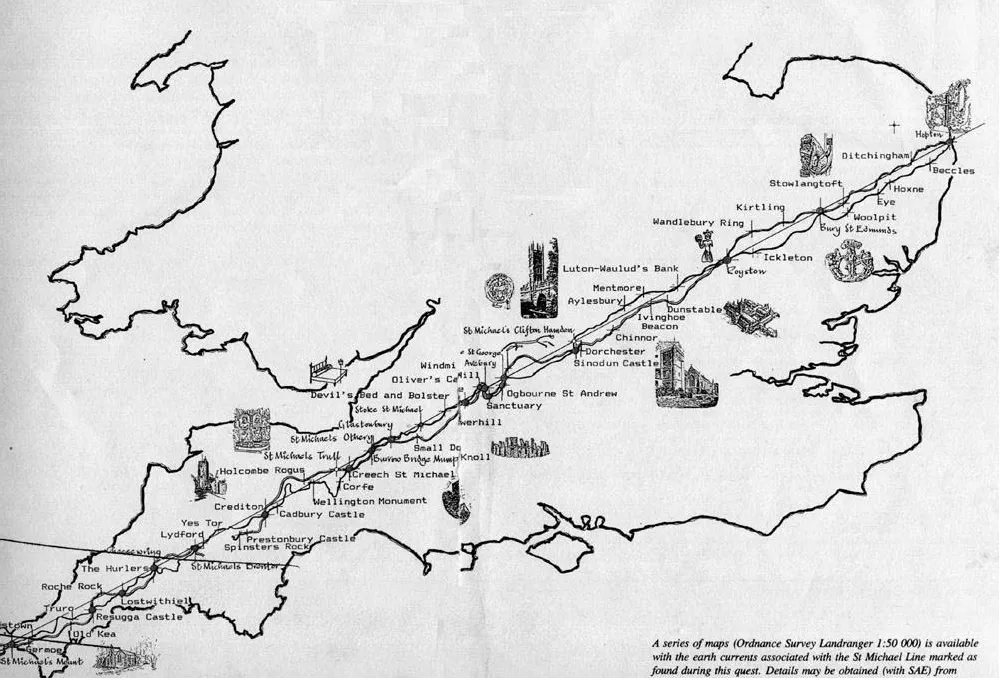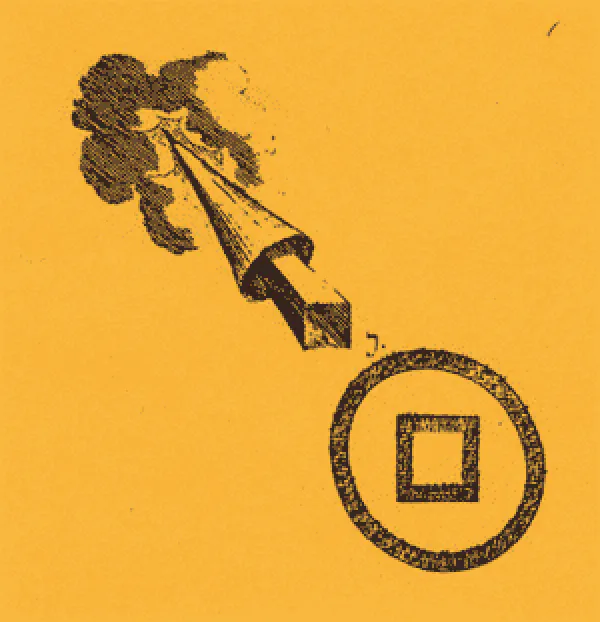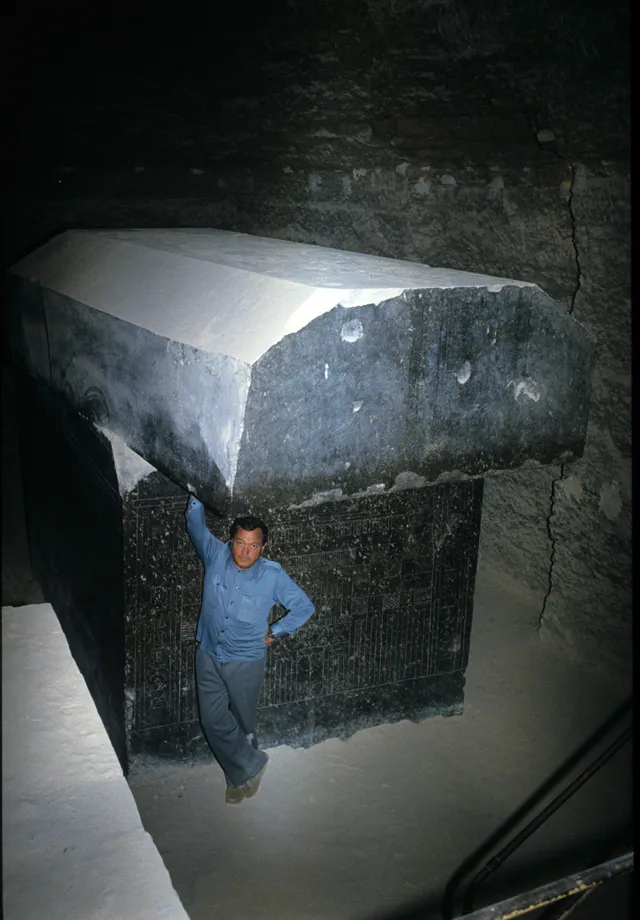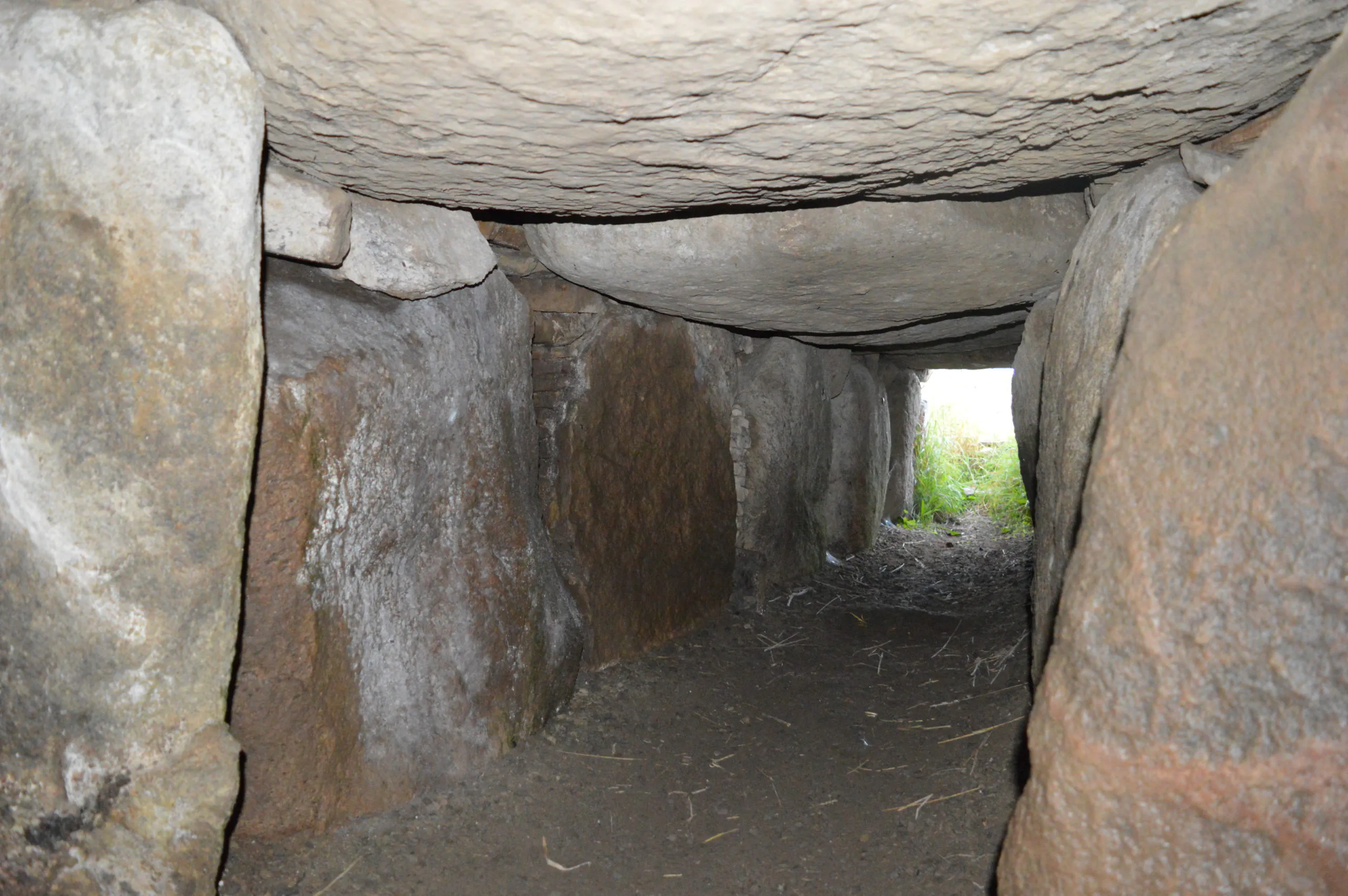The Multiverse and Parallel Realities
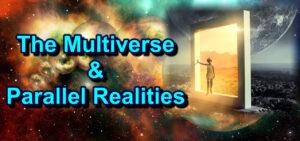 Real X-File ID: 7698
Real X-File ID: 7698
Report Date: 07/22/2023
Country: United States
Place: M.I.T. Massachusetts Institute of Technology
Fingerprints: Physics and quantum physics related anomalies
Existing Facts Sources: Scientific whitepaper, Internet article, Internet video (Youtube, Vimeo…)
Summary Report:
The Multiverse and Parallel Realities are no longer just a feature of a good sci-fi story. There are scientific theories now that support the idea of parallel universes beyond our own. However, the multiverse theory remains one of the most controversial theories in science and it s a very complex topic. Here are some basic informations about todays theories and research regarding the multiverse and parallel universes and realities.
The following summary of the different multiverses is based on the article: “Parallel Universes” by Max Tegmark in the online magazine “Spektrum.de”.
One might mistakenly think that the concept of the multiverse belongs forever in the realm of metaphysics. But the boundary between physics and metaphysics is defined by whether a theory is experimentally testable and not by whether the theory is unfamiliar or contains unobservables. The boundaries of physics have been stretched further and further to encompass increasingly abstract – and formerly metaphysical – concepts such as the globe, invisible electromagnetic fields, time dilation at high speeds, quantum superpositions, space curvature, and black holes. The multiverse has belonged on this list for a number of years. It is based on well-established theories – especially relativity and quantum mechanics – and meets both basic criteria of an empirical science: it makes predictions and can be falsified. Scientists discuss up to four different types of parallel universes. The question is not whether the multiverse exists, but how many levels it has.
Multiverse Level 1:
According to astronomical observations, space is infinite – or at least sufficiently large – and almost uniformly filled with matter. In an infinitely large space even the most improbable things must happen somewhere. There are an infinite number of other inhabited planets, and not just one, but an infinite number of them have people living on them who look exactly like you, have the same names, and have the same memories. These people realize every possible variation of your life choices. The idea of such doubles seems strange and unbelievable – but apparently we must make friends with this thought, because astronomical observations speak for it. From the simplest – and recently again favored – cosmological model it follows that in a galaxy about 10 to the power of 10 to the power of 28 meters away lives a twin of you. Admittedly, this distance blows up all astronomical scales, but therefore your double is not less real. The estimate is based on a simple probability consideration and gets along without speculative modern physics. The parallel universes of your doubles form the level I multiverse.
Multiverse Level 2:
The level-I multiverse was already strange, but now we try to imagine an infinite set of separate level-I multiverses. Some may have different spacetime dimensions or different physical constants. These multiverses form a level II multiverse and are predicted by the theory of chaotic eternal inflation. Inflation, an extension of the Big Bang theory, answers the question why the universe is so big, so uniform and so flat. A rapid expansion of space shortly after the Big Bang is able to explain these and other properties at one stroke. The adjectives “chaotic” and “eternal” refer to what is happening on the largest scale. Space as a whole is expanding and will continue to do so forever, but some areas of space are uncoupling and forming separate bubbles, similar to the gas bubbles in a rising bread dough. An infinite number of such cosmic bubbles form, and each is the seed of a Level I multiverse – infinitely large and filled with matter deposited by the energy field that drove inflation. These bubbles are more than infinitely far away from the earth, so to speak, because one could never reach them, even if one would travel incessantly with the speed of light. The reason is that the space between our bubble and its neighbors expands faster than one is able to cross it.
Multiverse Level 3:
The parallel universes in levels I and II are so far away that not even astronomers have access to them. But the next multiverse level is right in front of our nose. It comes from the notorious many-worlds interpretation of quantum mechanics. The idea is that the universe branches out into countless copies through random quantum processes – one copy for each possible outcome. At the beginning of the 20th century, the theory of quantum mechanics revolutionized physics by explaining the atomic realm – because it does not obey the classical rules of Newtonian mechanics. Despite the theorys obvious success, a heated debate erupted over the proper interpretation. The theory no longer describes the state of the universe with classical quantities such as the location and velocity of all particles, but with the help of a mathematical object called the wave function. The problem is how this wave function relates to our observations. Many admissible state functions describe situations that contradict intuition – for example Schrödingers famous cat, which is simultaneously alive and dead as a so-called superposition. In the 1920s, physicists got rid of the problem by postulating that the wave function “collapses” to a certain classical result every time it is observed. This addition succeeded in explaining the transition from theory to observations, but it turned an elegant unitary theory into a non-unitary patchwork. The principal randomness usually attributed to quantum mechanics is a result of this postulate. Over time, many physicists have abandoned this interpretation in favor of another; it was developed by Hugh Everett III in 1957, when he was a doctoral student at Princeton University. As he showed, the collapse postulate is unnecessary. Indeed, unadulterated quantum mechanics does not generate contradictions. Although it states that a classical reality successively splits into superpositions of many such realities, observers subjectively perceive this splitting as only a minor coincidence, with probabilities exactly the same as those of the old collapse postulate. This superposition of classical worlds is the level III multiverse. Although the initial conditions and the natural constants can vary in the multiverses of level I, II and III, the laws of nature remain the same. Why actually? Why may not also the laws themselves vary? What about a universe that obeys only classical physics, without quantum effects? How would it be, if time did not run continuously, but in discrete steps like in a computer? Or a universe that is simply an empty dodecahedron? In the multiverse of level IV, all these variants actually exist.
Mutliverse Level 4:
The surprisingly good agreement between abstract thinking and reality speaks for the fact that such a multiverse is not only wild speculation. Mathematical structures like numbers, vectors, equations and geometrical objects describe the world amazingly truthfully. In a famous lecture in 1959, the physicist Eugene P. Wigner said that the enormous usefulness of mathematics for the natural sciences borders on a miracle. Conversely, mathematical entities seem strangely real. They fulfill a basic condition for objective existence: they are the same for everyone who examines them. A theorem is true regardless of whether it is proved by a human, a computer, or an intelligent dolphin. Alien civilizations would find the same mathematical structures that we know. Accordingly, the vast majority of mathematicians believe that they do not invent mathematical structures, but discover them. There are two diametrically opposed opinions about this connection between mathematics and physics, dating back to the ancient philosophers Plato and Aristotle. According to Aristotle, physical reality is fundamental and mathematical language is only a useful approximation. According to Plato, the mathematical structure is the actual real, which is only imperfectly perceived by the observers. Theoretical physicists tend towards Platonism: they assume that mathematics describes the universe so well because it is mathematical in itself. Accordingly, all physics is ultimately a mathematical problem. A boundlessly capable mathematician could, in principle, calculate which self-aware observers the universe contains, what they perceive, and what languages they invent to communicate their perceptions to each other.
In Short:
– According to recent cosmological observations, parallel universes are not just an extravagant idea. Since space seems to extend infinitely far, everything possible is realized somewhere out there – no matter how improbable. Beyond the range of our telescopes there are regions of space identical with ours. The average distance of such parallel universes can even be calculated.
– From cosmological and quantum physical considerations, researchers conclude that there are several levels of multiverses with diverse properties and laws of nature. Their existence can explain certain peculiarities of our universe and perhaps even answer fundamental questions – such as the nature of time or the mathematical describability of the physical world.
This is one of the most difficult and most heavily debatted topics in the scientific community. There are already so many questions regarding the existence of our universe let alone the multiverse and parallel realities. Nevertheless, there are many scientific theories and observations, especialy in quantumphysics, that it is not only plausible to accept the existence of multiverses and parallel realities but to continue research about this fascinating topic.
Links:
Facts Source Details:
Details of Scientific Whitepaper: Parallel Universes, Max Tegmark, 01/23/2003
Details of Internet Article: Alexander and Max Vilenkin and Tegmark,08/01/2003, 11/03/2021, 01/01/2000, 01/01/2000, 01/23/2003, 07/19/2011,https://www.spektrum.de/magazin/parallel-universen/830044, https://www.space.com/32728-parallel-universes.html, https://en.wikipedia.org/wiki/Multiverse, https://en.wikipedia.org/wiki/Many-worlds_interpretation, https://space.mit.edu/home/tegmark/multiverse.pdf, https://www.scientificamerican.com/article/multiverse-the-case-for-parallel-universe/
Details of Internet Video: Derek Alexander Muller (Veritasium),03/06/2020,https://youtu.be/kTXTPe3wahc
Pictures:




